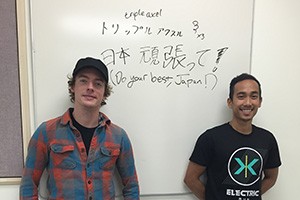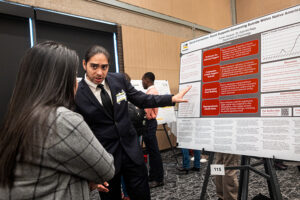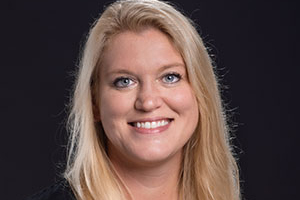Japanese Studies majors Praditya Hargianto and Peter Grzywacz were busy during the 2015 Skate America competition at UW-Milwaukee Panther Arena in late October: They were serving as interpreters for the Japanese competitors.

Covered by national and international reporters and featuring Olympic- and world-level athletes, Skate America is the first of six stops on the International Skating Union Grand Prix of Figure Skating Series.
To prepare for the event, the UWM students watched past interviews of the athletes for whom they were interpreting to pick up each skater’s personal style and commonly used phrases. Unfamiliar with figure skating’s technical jargon, Hargianto and Grzywacz also had to learn skating terms that judges used to describe the performances.
“It makes me respect interpreters a lot more,” Grzywacz said. “You need base knowledge, but you also really need to act on your feet.”
During media interviews with athletes, Grzywacz and Hargianto had to interpret questions from reporters within 10 seconds and then translate the answers. Hargianto translated for three skaters in the women’s division and Grzywacz translated for the male skaters.
“It’s one of the scariest things you can do as an undergrad,” Hargianto said of interpreting. “It’s a big responsibility.”
The students volunteered their time and were rewarded with seats close to the action. Watching figure skating on TV does not do the sport justice, they said.
“It made me a fan. I used to think (figure skating) was kind of a girly sport, but it’s really intense,” Gryzwacz said.



